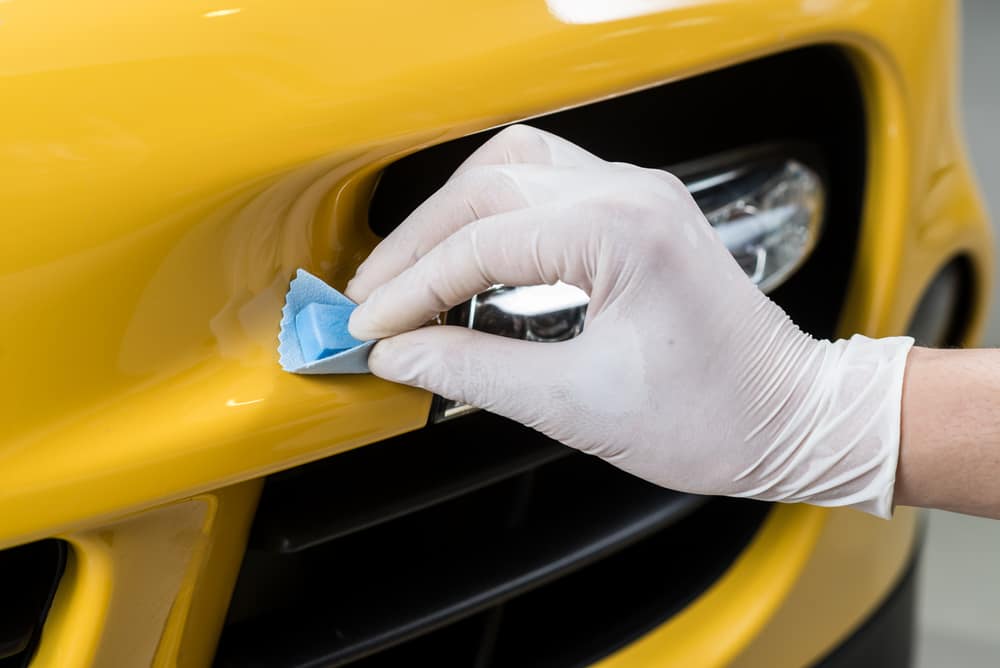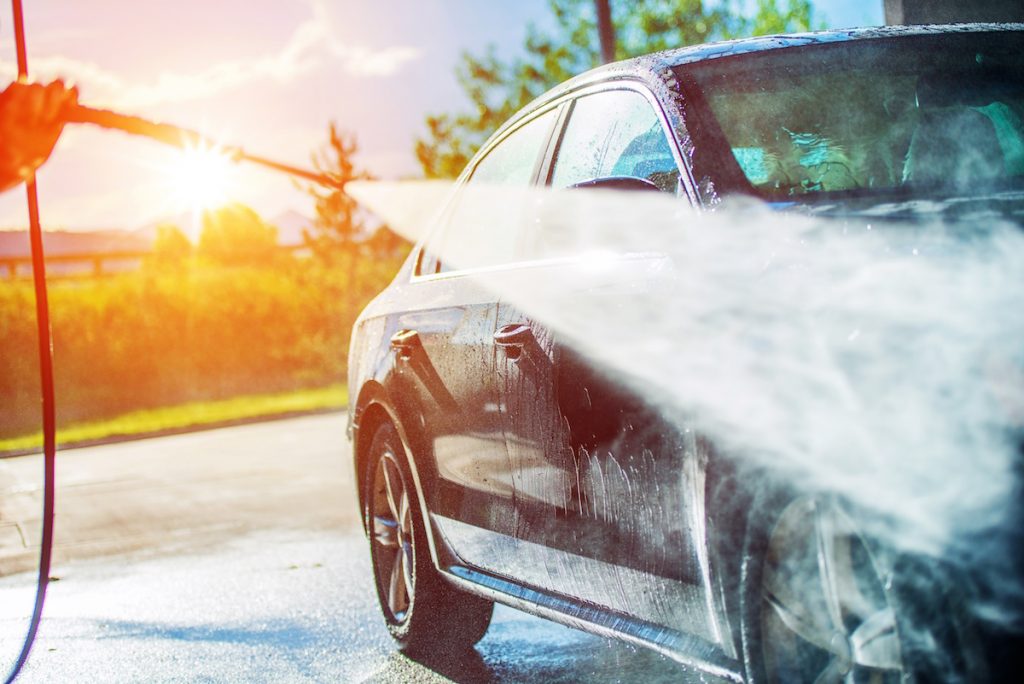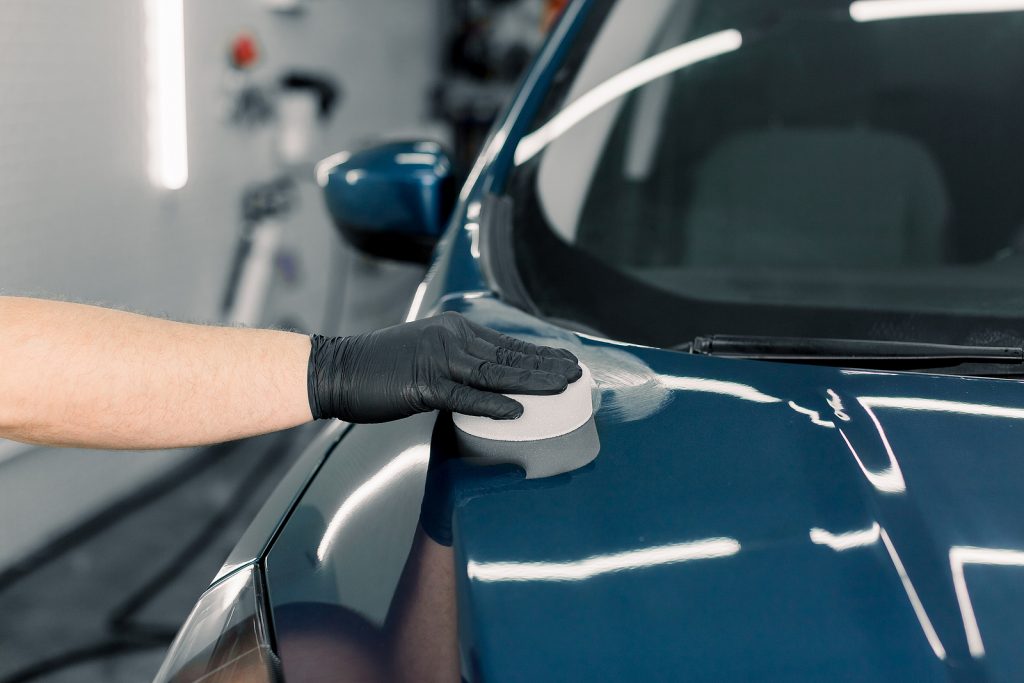Vandalism happens more often than you think. People, for unknown reasons, might take a paint roller and vandalize a neighborhood or two, not being sorry for your shiny new car at all. We don’t know if that is some sort of practical therapy for channeling negative energy or if it’s just goofing around, but those people are pure evil.
However, that might not be the only reason that you got house paint on your car. There exist several reasons such as parking a car near a building that’s being painted, a child did it innocently, etc.
Getting rid of paint from your car it’s an exhausting, nearly impossible procedure. In most cases, people need to pay a visit to salons and let the professional completely repaint their vehicles.
However, there are a few things you can try yourself. Before concluding that you need professional help, read our article to find out how to remove house paint from car body on your own. We have to say that these tips may or may not work for you due to multiple factors.

How to Remove House Paint From Car Body
After reviewing thousands of stories online from people that have the experience, we’ve decided to include step-by-step instructions that can help you in two scenarios. We’ll start with hacks on how to remove paint that has been freshly sprayed. Later, we’ll share a guide on how to remove paint from your car after it dries.
Guide 1 – remove freshly sprayed paint
Keep in mind that just because the paint is freshly sprayed doesn’t mean you’ll easily remove it. You should also consider the weather because that can be a very significant factor affecting your work.
To be sure that the instructions from our first guide are suitable for your situation, make a simple test. Touch the surface and run your fingers over the painted area. If it comes off and leaves marks on your hand, this guide is suitable for you and may help you get rid of the paint.
Dish soap and water
First, you should take dish soap and warm water (not too hot) and make a mixture. To clean your car, you’ll need a clean and soft material. Pay attention to this: double-check if the cloth you’re using is clean. If you use a dirty rag or towel, not only will you make your car even dirtier, but you’ll also let the dirt scratch it while using pressure.
Scrub and rinse
Well, you probably know what follows after making a mixture of soap and water. Here is when your job begins. You should gently scrub your car, focusing on the painted area. It will be best to rinse the cloth more often. Thus, you’ll use a clean cloth, and you’ll put more soap on your car.
Dry
At this point, your car should be clean. Of course, you should repeat the previous step several times until the paint comes off. After that, you should continue cleaning the car with a dry cloth.
When you look at the stages, this process is straightforward. However, we want to remind you that you may need more time to clean the vehicle completely. Also, please remember that the process may not work properly or at all. However, you should definitely try it, given that there’s nothing you can lose.
Guide 2 – remove dried paint
This is way more challenging. Besides spending a lot of time on the procedure, you’ll need equipment. Moreover, unlike the previous guide, where you needed only soap, water, and rugs, you’ll need special products for this procedure.
Read more: How to Remove Spray Paint From a Car

Wash the car
The first step is, of course, washing the car. Like in the first guide, you should use soap and warm water. Don’t put too much pressure while scrubbing with the cloth because you’ll increase the chances of scratches.
Avoid solvent-based solutions
Many hacks and tips we found online involve alcohol, acetone, or paint thinner. While the alcohol won’t do the work, the paint thinner actually works and can clean sprayed paint that is already dried on your car.
However, rubbing thinner on the painted area takes forever. It will take you a lot of time to apply the thinner and scrub it, and you’ll have to be very careful the entire time because if you accidentally rub the original paint while working on the painted area, you’ll damage it.
Additionally, please don’t use acetone. This compound will most likely destroy your car paint. Instead of solvent-based solutions, we recommend you use mechanical removal.
Use pressure washer
To get rid of the paint, you’ll need a narrower adapter, such as those of 15 degrees. While this method doesn’t include solvents or potentially damaging products, you still need to be very careful while using it.
Focus on the painted area but in the meantime, pay attention to the original paint because pressure washers are powerful and can scrub the paint off.
Clay-bar kit
The pressure washer should remove the paint almost completely. However, you’ll notice that there is a faint mark or remaining color on the same spot. This is where you should take a clay-bar kit and try to rub the rest of the paint.
Spray the area with a clay lubricant and start rubbing it with the clay. You should use moderate pressure while rubbing the clay.
Waxing
Finally, after washing, scrubbing, and cleaning, your car should be spotless. Now that you have removed the paint, you should make one last step. The waxing process is essential, and you should do this at least four times a year.
So, after removing the paint from your car body, we recommend washing the vehicle once again, drying it, and applying car wax. The car wax helps preserve the clear coat that protects your car from contaminants and damage.
Read more: How Often Should You Wax Your Car

Conclusion
We sincerely hope that our two guides will help you learn how to remove house paint from car body. As you saw, we included two methods of cleaning and removing because the paint can be fresh or dried.
But, remember that the procedures may not work and what you need is patience. Their success depends on the paint coverage, the weather, the quality of the original paint and the clearcoat, the used products, and the period between painting and removal.

